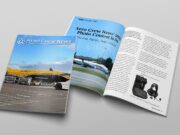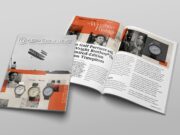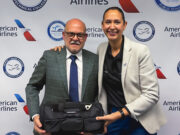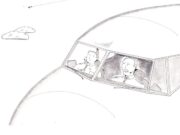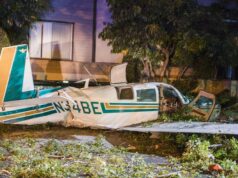
A successful instrument approach starts well before takeoff. While planning, it is imperative to ensure you have the most current aeronautical charts. Planning must also include obtaining a weather briefing to determine the likely in-use runway and obtaining any applicable NOTAMs for the destination and alternate airports. Equally as important is having a backup plan. Are you prepared to fly a localizer approach in the event the glideslope fails? How proficient are you with the aircraft equipment?
Aircraft equipment must be checked prior to flight for proper function (including validity of databases). Once airborne, after the weather has been received, an approach briefing shall take place. Setting equipment ahead of time (such as frequencies) will reduce workload during higher workload phases of flight. Before starting the approach, complete as much of the landing checklist as you can. If you have airspeed, altitude, and/or heading “bugs” installed, set them to the appropriate values to give yourself a visual reminder of speeds, altitudes, and headings.
A successful landing is preceded by a stable approach. In order to do so, configure the aircraft per standard operating procedures and remember to meet all required criteria per FAR 91.175 prior to continuing below an MDA or DA. Never hesitate to go around if the approach becomes unstable. Likewise, make necessary callouts to help you maintain situational awareness (yes, even if operating single-pilot). Equipment failures can occur at any point during an instrument approach. Rather than troubleshooting at critically low altitudes, a missed approach followed by troubleshooting is usually the safest course of action. Climb to the ATC assigned altitude or the published missed-approach procedure altitude in the absence of ATC instructions. Doing so will ensure terrain and obstacle clearance while flying in instrument meteorological conditions.
Upon landing, if at an uncontrolled airport, you must close the IFR flight plan with ATC (except when the flight plan is closed airborne). Always have an escape plan, such an alternate diversion airport, in mind. Are you prepared if your intended landing airport closes? You want to be familiar with viable surrounding alternatives with good weather in range of your aircraft.
Finally, follow your own personal minimums. As a new instrument rated pilot, do not push yourself to fly into a destination where the forecasted ceiling/visibility is exactly at the instrument approach minimums. In addition, keep in mind that personal minimums may need to change on any given day. If, for example, you are flying an unfamiliar airplane, or if you are tired from a long day at work, you may not want to attempt low approaches.


